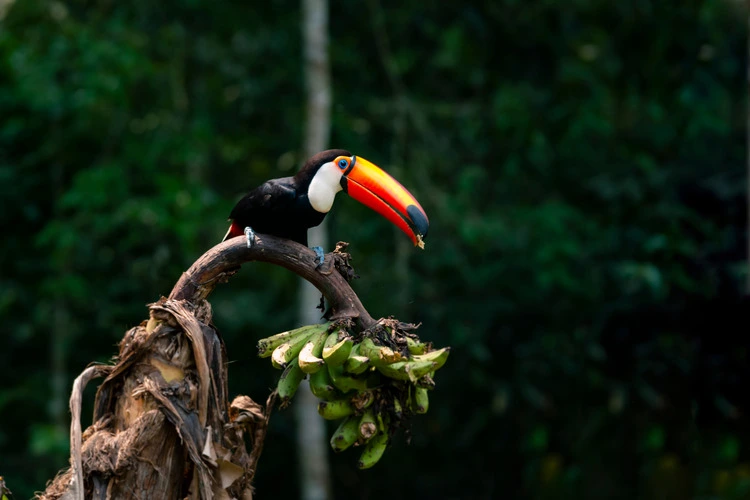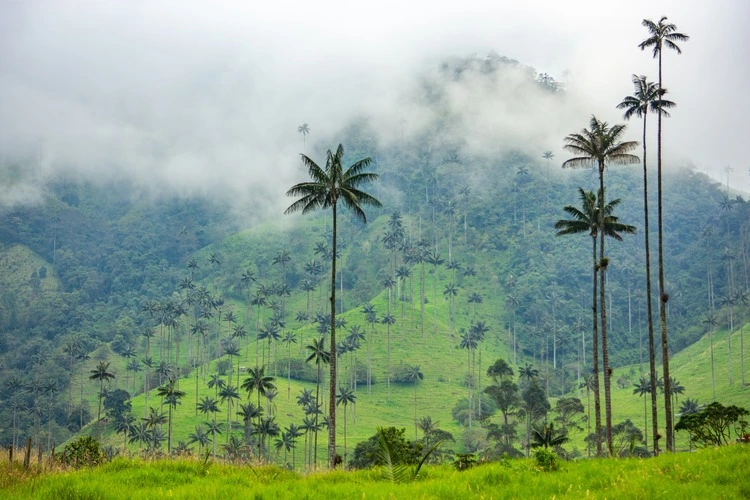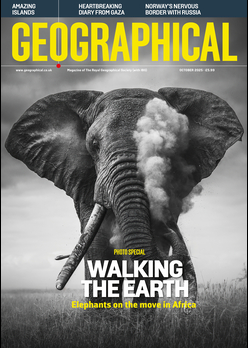
From protecting genetic data to failing to make action plans to conserve biodiversity, COP16 has been a mixed bag of successes and pitfalls
By
As COP16 drew to a close earlier this week in Colombia – with nearly 200 countries in attendance, alongside business leaders, Indigenous communities and NGO representatives – the ever-growing urgency for biodiversity conservation became increasingly apparent.
With an estimated two million species at risk of extinction across the world, taking immediate action to protect the Earth’s ecosystems and habitats is more vital than ever before.
Enjoying this article? Check out our related reads:
And while some measures were implemented at COP16 that show promising breakthroughs to supporting biodiversity across the planet, the summit’s extensive agenda fell short. Several key measures did not reach universal agreement – and in some cases, were not discussed due to a lack of time – as well as financial objectives imperative to conservation being stalled.
So what exactly did COP16 manage to achieve? And which issues have been left unresolved?
Protecting genetic data
A global levy – dubbed the Cali Fund – was decided upon on products made using genetic data from natural ecosystems.
The data, known as Digital Sequence Information – or DSI – is genetic material that has been sequenced from nature. Previously, this DNA code has been accessible via global databases for free.
While the DNA code will continue to be available on databases for scientists to share, the new agreement made at COP 16 means that companies must share profits from any commercial discoveries they make which come from nature.
As the global north often use genetic information sourced from nature to produce drugs, cosmetics and food, there have long been calls for the global south – where many of these resources were discovered – to receive some of the benefits from production.
But now, companies which meet two of the three following criteria – sales of more than $50m (£39m), profits of more than $5m, and $20m in total assets – will need to contribute 1 per cent of profits or 0.1 per cent of their total revenue to the DSI fund.
However, this deal is voluntary, with companies left to the decision of sharing out their profits or not. If successfully implemented, though, it is estimated that £1 billion a year could be generated for nature conservation. Half of this money will be given to self-identified Indigenous communities – particularly women and children – as well as some for developing countries too.
Recognising Indigenous communities
Despite making up just five per cent of the world’s global population, Indigenous people protect 80 per cent of the globe’s biodiversity.
So it is pivotal that COP16 became the first time in which Indigenous communities were formally incorporated into official decision-making of the UN biodiversity process, rather than previously adopting an informal working group.
A subsidiary body will ensure that all future biodiversity decisions incorporate Indigenous peoples, meaning that these communities can regularly contribute to negotiations without the need for a governmental invitation.
No consensus on biodiversity framework
When the COP16 summit was adjourned, there was still no consensus on the Kunming-Montreal framework – an initiative to conserve 30 per cent of the world’s lands and oceans by 2030 – which was initially poised to be one of the most pressing tasks. Currently, just 17 per cent of the world’s land and 8 per cent of marine and coastal areas are protected – but this is up from 2020 by an area equivalent to two Colombias.
This framework, often coined the ‘Paris Agreement for nature’, was agreed upon in 2022, with countries expected to provide pledges, strategies and action plans by the beginning of this year’s conference in Cali.

But just 44 countries out of 196 submitted action plans before COP16, and some of these were only partially completed. Countries such as Brazil and Colombia were unable to meet the initial deadline, stating the timeframe given to complete plans was not long enough, while the UK placed blame on changes of power in Scotland and national levels.
Other developing nations cited a lack of funding by the Global Environment Facility (GEF) made delivering action plans unfeasible.
Eventually, countries including Colombia, Germany, Iran, Venezuela, Vietnam, and the Netherlands submitted plans during the summit, but after the deadline.
Lack of strategy for finances
Previously, countries had pledged to mobilise $200 million for conservation as part of the creation of the Global Biodiversity Framework Fund (GBFF). Developed countries had pledged to mobilise $20 billion per year for developing countries by 2025, rising to $30 billion by 2030.
But COP16 did not bring a robust strategy to raise this money.

The summit also did not have enough time to approve a budget for the Convention on Biological Diversity, and there was no consensus on whether new funds should be siphoned to developing countries in an alternate fund or the GBFF.
For developing countries – which are often some of the most biodiverse in the world – vast quantities of money are required to protect and restore nature.
Ultimately, COP16’s successes are a step in the right direction for conserving the world’s species. But there is still much to be done, namely in mobilising finances and solidifying the Kunming-Montreal framework.
Tracking the 23 targets and four goals of the framework will be made difficult without proper monitoring protocols outlined, and developing countries – especially those that are mega-diverse – will struggle to meet the vast demands of conservation without the appropriate funds to support them.
To this day, the world has not yet met a single global target to stop the destruction of nature. And as global biodiversity disappears rapidly – with a global average loss of 73 per cent in mammal, bird, fish, reptile and amphibian species since 1970 – the action taken by countries and organisations around the world must match the rate at which our planet’s biodiversity is declining.




